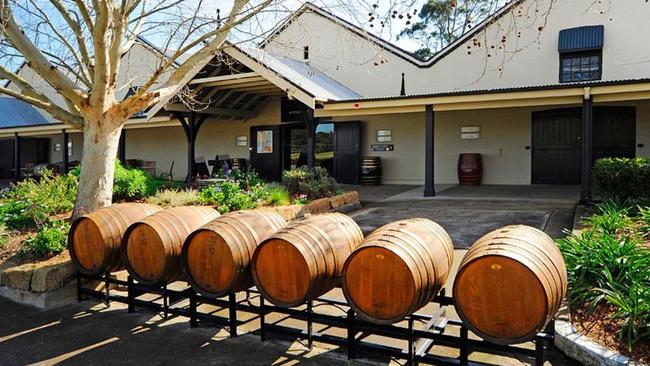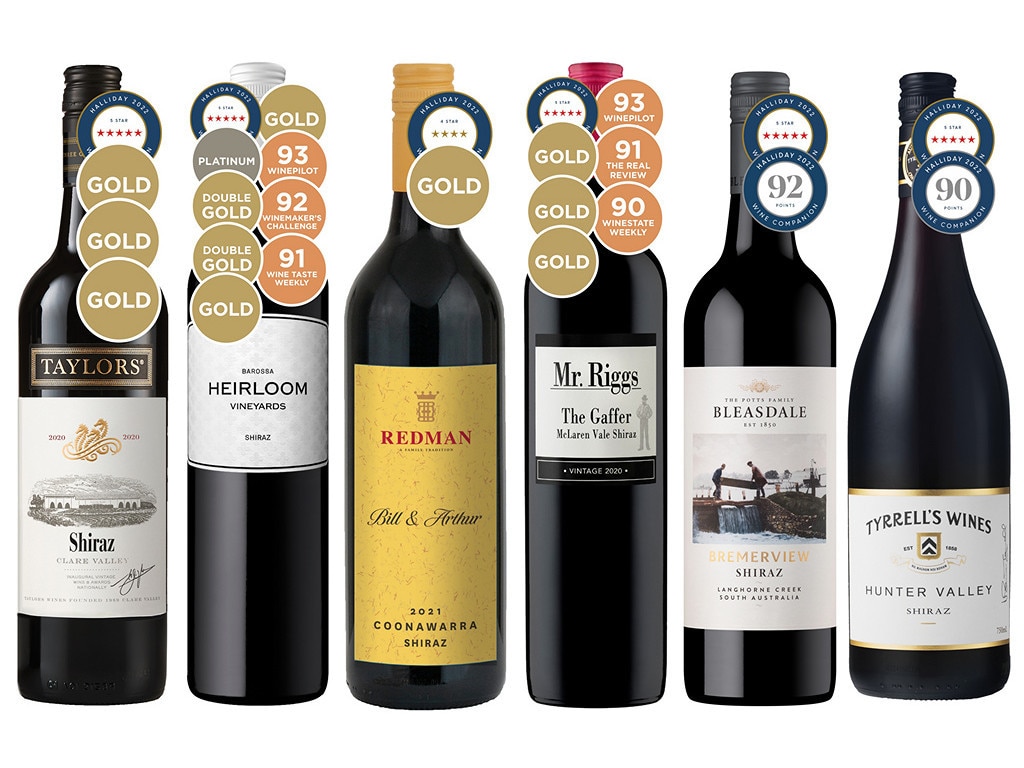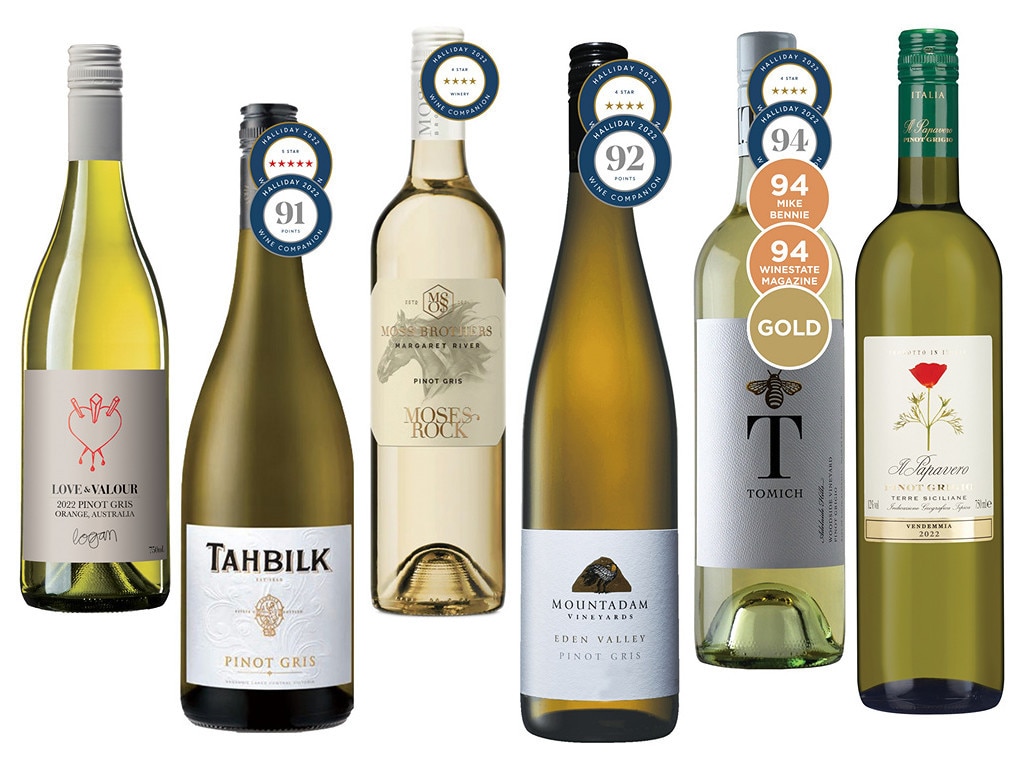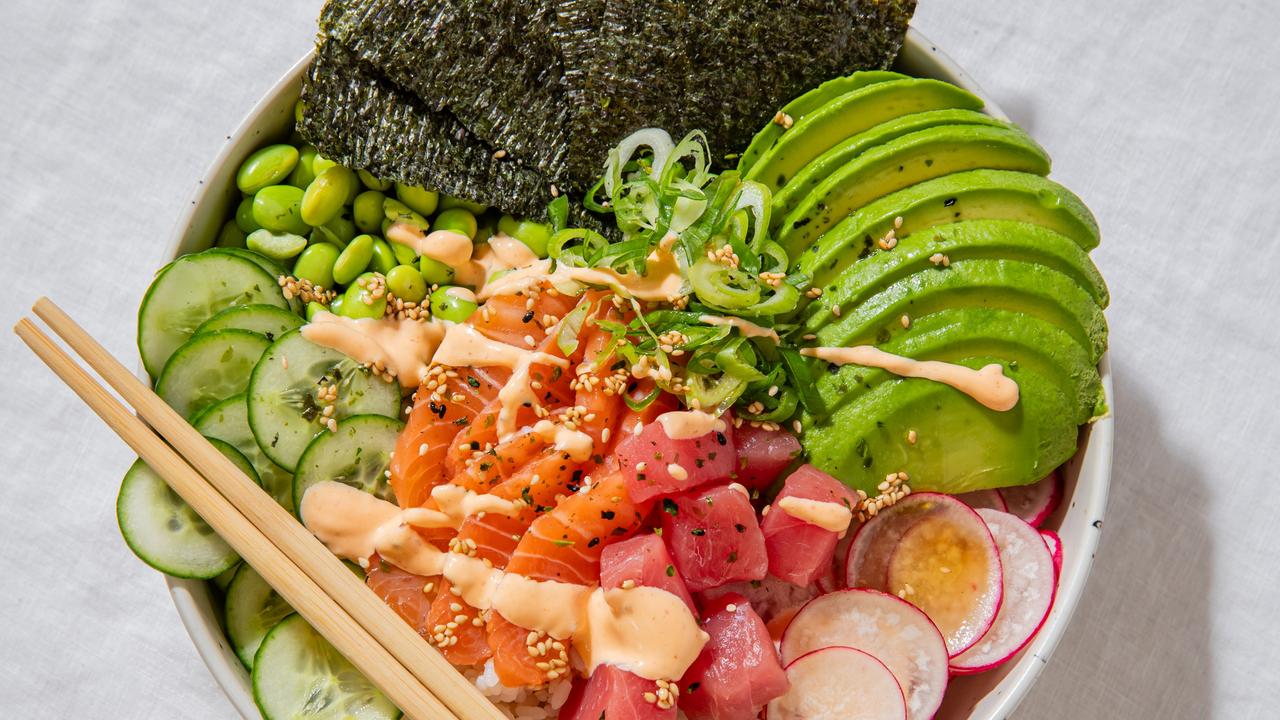Oaked or unoaked? The best of chardonnay from Dalwood Estate, Mountadam, Domaine Dampt and Byron & Harold
With four top-class chardonnays on offer, here’s your wine club guide to discovering what style excites your palate.

How do you like your chardonnay? Light and elegant with crisp flavours of lemon and apples? Or full-bodied and buttery with rich fruits, cashews and spicy notes? Or somewhere in between.
The chardonnay pendulum can swing from one world of flavours to another galaxy of tastes and textures. It’s this versatility that makes chardonnay the favourite variety of many winemakers – and wine lovers.
“There are infinite possibilities in how you can make a chardonnay and that’s exciting,” says winemaker Bryan Currie, who makes chardonnay from the Hunter Valley’s iconic Dalwood vineyard, regarded as the birthplace of Australian wine.
It also means wine lovers like us have much to explore and experience while learning what chardonnay styles we most enjoy.
Bryan’s highly rated Dalwood Estate Hunter Valley Chardonnay 2021 is among four different chardonnays making up The Australian Wine Club’s deal of the week today. It’s an opportunity to sample, savour and sort your style preferences.
Before we get to the wines, Bryan will help us understand four factors that determine the style of the chardonnay that ends up being bottled.
FRUIT FLAVOURS
Climate and the time of harvest play key roles here. The cooler the climate – places like Tasmania, Mornington and Tumbarumba – the more citrusy the wine flavours are. The same applies to grapes that are harvested earlier: they will be less ripe in flavour with higher natural acid generating crispness. They will be also lower in alcohol. In warmer climates and later harvests, grapes develop more sugar, lose some acidity and develop riper tropical fruit flavours.
As Bryan says, striking the right balance between fruit ripeness and natural acid is the challenge when deciding when to harvest and every vineyard will provide a different answer.
OAK SELECTION
Chardonnay can be made by fermenting in stainless steel vessels or fermented in oak barrels. Unoaked chardonnays tend to be crisp with fresh primary fruit flavours on show (Chablis in France is renowned for this style), while oaked chardonnays will also exhibit secondary characters derived from the oak like vanilla, coconut, cashews, oatmeal, cinnamon and nutmeg.
Bryan says the flavours in oaked chardonnay will also vary depending on the type of oak chosen (for example, French or American); whether the oak is new or seasoned (the newer the oak the more overt the secondary characters); and how long the wine is matured in barrels.
“Layers of flavour, texture and beautiful complexity comes with oak,” Bryan says.

AGED ON LEES
Winemakers use yeast to help convert grape sugar into alcohol and carbon dioxide during the fermentation process. Lees are the leftover yeast cells produced through fermentation. As they break down and drop to the bottom of the barrel, they release tiny amounts of sugars and fatty acids which add a creamy texture and nutty, doughy flavours to the wine.
Bryan explains that these flavours can be further imparted into the wine if the lees are stirred – a process called battonage. He tends to stir the lees occasionally over several months to add further depth and complexity of flavour and texture while the wine is ageing.
MALOLACTIC FERMENTATION
This occurs when healthy bacteria (like Oenococcus oeni) are added to the wine to convert the grapes’ malic acid, which tastes like tart green apples, into lactic acid. This creates a organic compound called diacetyl, which has an intense buttery flavour. If you love buttery chardonnay, chances are it has gone through “malo”.
Dalwood Estate Hunter Valley Chardonnay 2021
From a vineyard on the Hunter River first planted in 1828 by George Wyndham comes this regional star. The 2021 vintage was warm, with grapes picked in early February. You’ll find intense fruit flavours (nectarines, melon and peaches) balanced with bright natural acidity at a relatively low alcohol level. Creamy soft palate from lees stirring and malolactic fermentation. Characters of cashews and almond meal. Matured in old and seasoned French oak for 10 months. 95 points from James Halliday’s team. Hunter at its best. 12.5% alc; RRP $35 a bottle.
SPECIALS $28.99 a bottle in any dozen; $26.49 a bottle in chardonnay dozen.
Mountadam High Eden Estate Chardonnay 2019
A rich complex style showing peach, nectarine and fresh fig characters, along with truffles, cashew nuts and spice. Round and creamy but a clean citrusy acid backbone gives a long refreshing finish. Lees were stirred; malolactic fermentation; matured in French oak for 12 months. Grown in one of Eden Valley’s highest-altitude chardonnay vineyards, established in 1972. 14% alc; RRP $40 a bottle.
SPECIALS $29.99 a bottle in any dozen; $26.49 a bottle in chardonnay dozen.
Domaine Dampt Chablis Vieilles Vignes 2021
Crisp Chablis classic, from vines of between 50-70 years old. Delicate aromas of white flowers, lemon and a touch of honey lead to white peach and grapefruit flavours, with a fresh line of minerality. Lean and light with a lingering finish. Perfect with seafood mornay. 12.5% alc; RRP $50 a bottle.
SPECIALS $44.99 a bottle in any dozen; $26.49 a bottle in chardonnay dozen.
Byron & Harold Rags to Riches Margaret River Chardonnay 2022
Fermented in both stainless steel and oak, creating a crisp style of wine with a hint of nutty complexity. Yellow peach, lemon and pink grapefruit characters, with toasted hazelnuts and nougat notes. A quality Margaret River all-rounder balancing fruit sweetness, subtle oak tannins and fresh acidity. 13% alc; RRP $32 a bottle.
SPECIALS $22.99 a bottle in any dozen; $26.49 a bottle in chardonnay dozen.

CHARDONNAY DOZENThree bottles of each wine above for $26.49 a bottle. SAVE $153.
Order online or telephone 1300 765 359 Monday to Friday, from 9am to 5pm AEST. Deals are available only while stocks last. The Australian Wine Club is a commercial partnership with Laithwaites Wine, LIQP770016550.








To join the conversation, please log in. Don't have an account? Register
Join the conversation, you are commenting as Logout